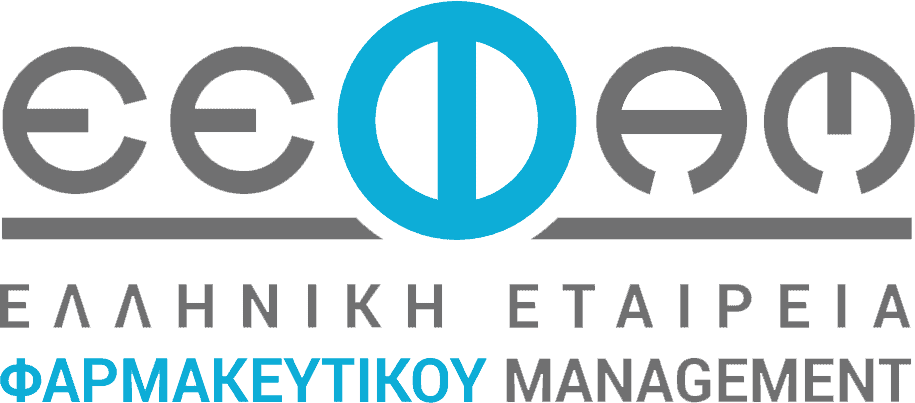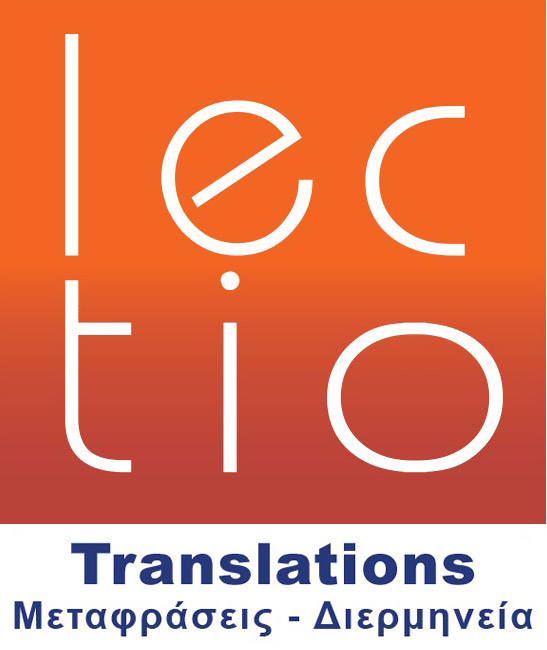Now that AI has become a part of our working and personal lives, I’ll admit–I think about it all the time. It’s pretty much become my Roman Empire.
Even though I’m constantly experimenting with new ways to use AI, I still feel like there’s a lot I don’t know that could help me improve how I run my content marketing agency. And I’m not alone: Fifty percent of marketers believe “inadequate AI adoption” is holding them back from achieving their goals.
That’s why I decided to reach out to winners of the Women in Content Marketing Awards (a program my co-founder and I created in response to the lack of representation within our industry). This group of incredible thought leaders shared how they’ve been putting AI to work for them–and what they’ve learned through the process of experimentation.
Use It to Save Time
You’ve heard that AI can make you more efficient by scheduling meetings, generating insights, and auto-completing email responses. But some tools can also make you faster by lighting a fire under your creative process.
“I leverage AI to help me with ideation for topics and research, so I can put more time toward actually writing longer-form pieces,” explains Lauren Fritsky, winner of the 2023 Freelance Excellence WICMA.
AI can also be beneficial when interviewing a busy corporate executive or subject matter expert. Julie Shapiro, editor-in-chief of The Well by Northwell Health and WICMA Content Marketer of the Year, says her team uses AI to record conversations and instantly parse the information into quotes and other content assets.
“An in-depth interview with an expert, with the help of AI, can yield multiple pieces of content to use in various channels,” explains Shapiro. Her team uses Swell AI to generate transcripts from interviews and podcasts. “We like to constantly test and integrate different tools because the space moves so fast,” she adds.
Use It to Get Feedback on Your Work
Fritsky, a freelancer, likes Grammarly, which uses generative AI to evaluate her work and make suggestions that can improve grammar, tone, and overall clarity of copy (she’s also dabbled with Wordtune, a tool that does something similar, though she currently favors the former).
And it gets even more sophisticated: AI is now “smart” enough to provide subjective opinions on your creative work. As an example, Snooze or News, an AI tool launched in early 2023 by Zen Media, evaluates and grades the newsworthiness of press releases.
Shama Hyder, Zen Media’s CEO and founder and WICMA Marketing Leader of the Year, explains why her company created the tool: “In a media landscape where press releases should be used only for the most significant of company announcements, we combined our team’s expertise, knowledge, and public relations experience with the automation of AI to create a way for businesses to determine whether their announcement is actually ‘news’ or if it’s a ‘snooze.'”
Use It to Simplify Complex Info
Kelly Meehan Brown, senior editor at Foundry 360 and WICMA Rising Star Winner, learned from a webinar given by Search Engine Journal that the key to using AI is learning the right information to feed it. She advises asking the AI to assume a role.
You might use the following prompt: “You are an expert content marketer. Your goal is to create a one-pager that will help convince a prospect to consider this content program.”
Meehan Brown recommends feeding AI content and reference materials that provide context. Set parameters such as “the one-pager should be no more than 350 words with five points” and be prepared to refine over and over to help you get closer to what you want.
“Don’t expect perfection on the first try,” she suggests. “The more detailed the information you feed it, the more it will learn your style, and the more accurate it will get.”
Meehan Brown also likes using ChatGPT to help her make sense of social media data she compiles. “Instead of manually calculating engagement increases per social channel month-over-month or year-over-year, I supplied this substantial data to the AI,” she says. “With the proper prompts and fine-tuning, a report that would’ve taken me hours to pull together before happened in mere minutes.”







